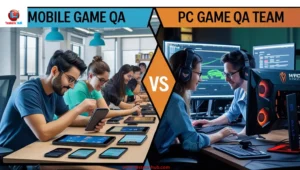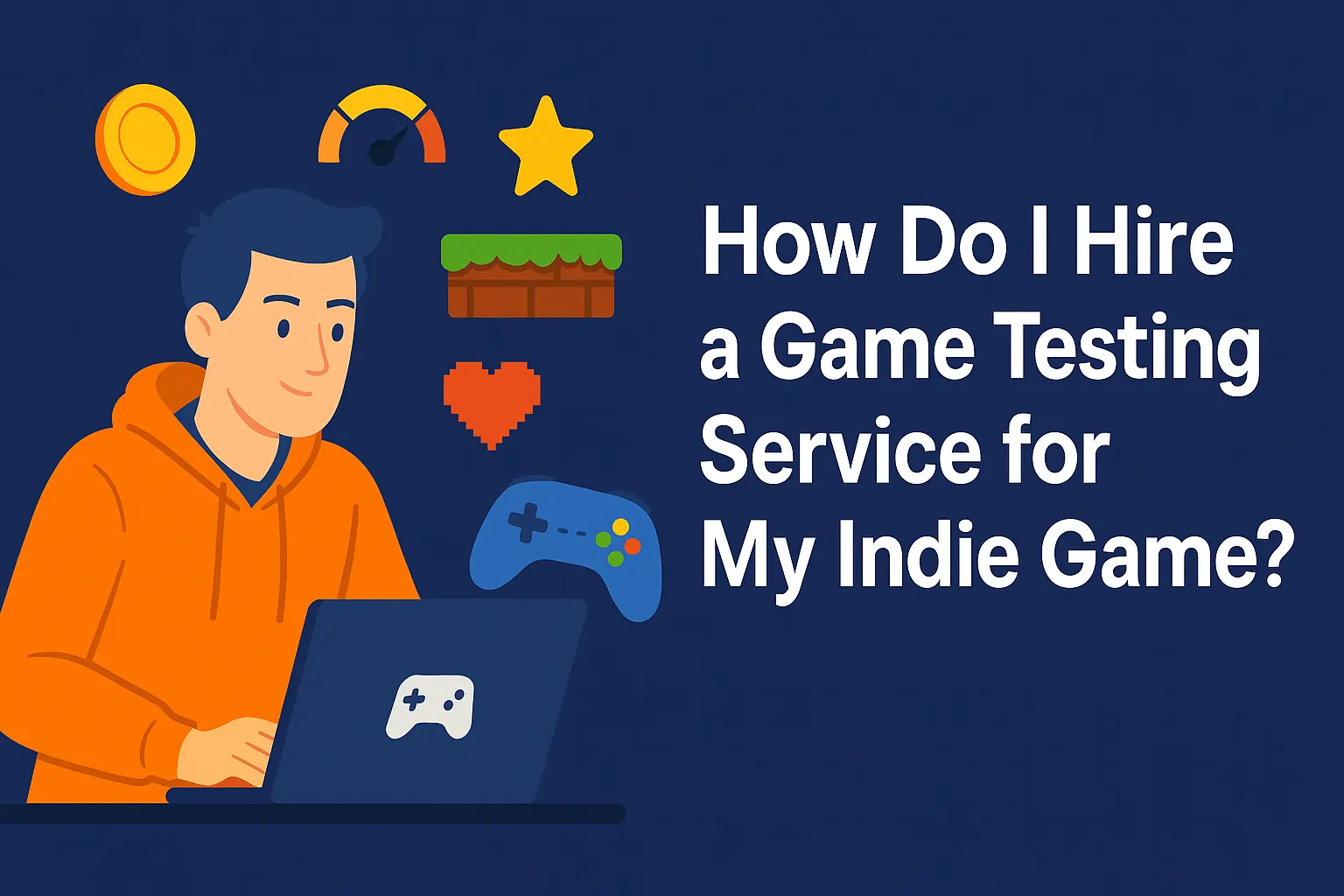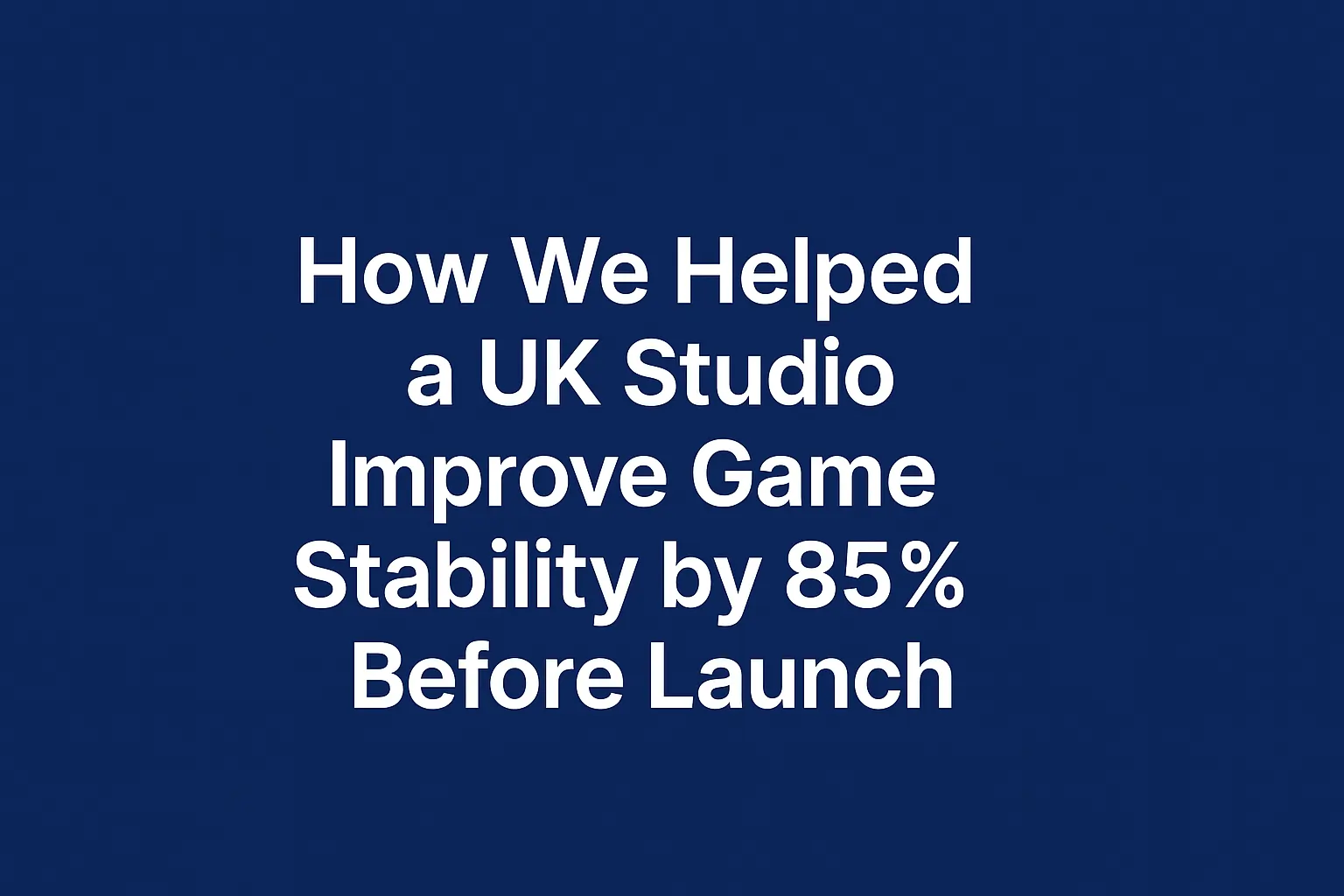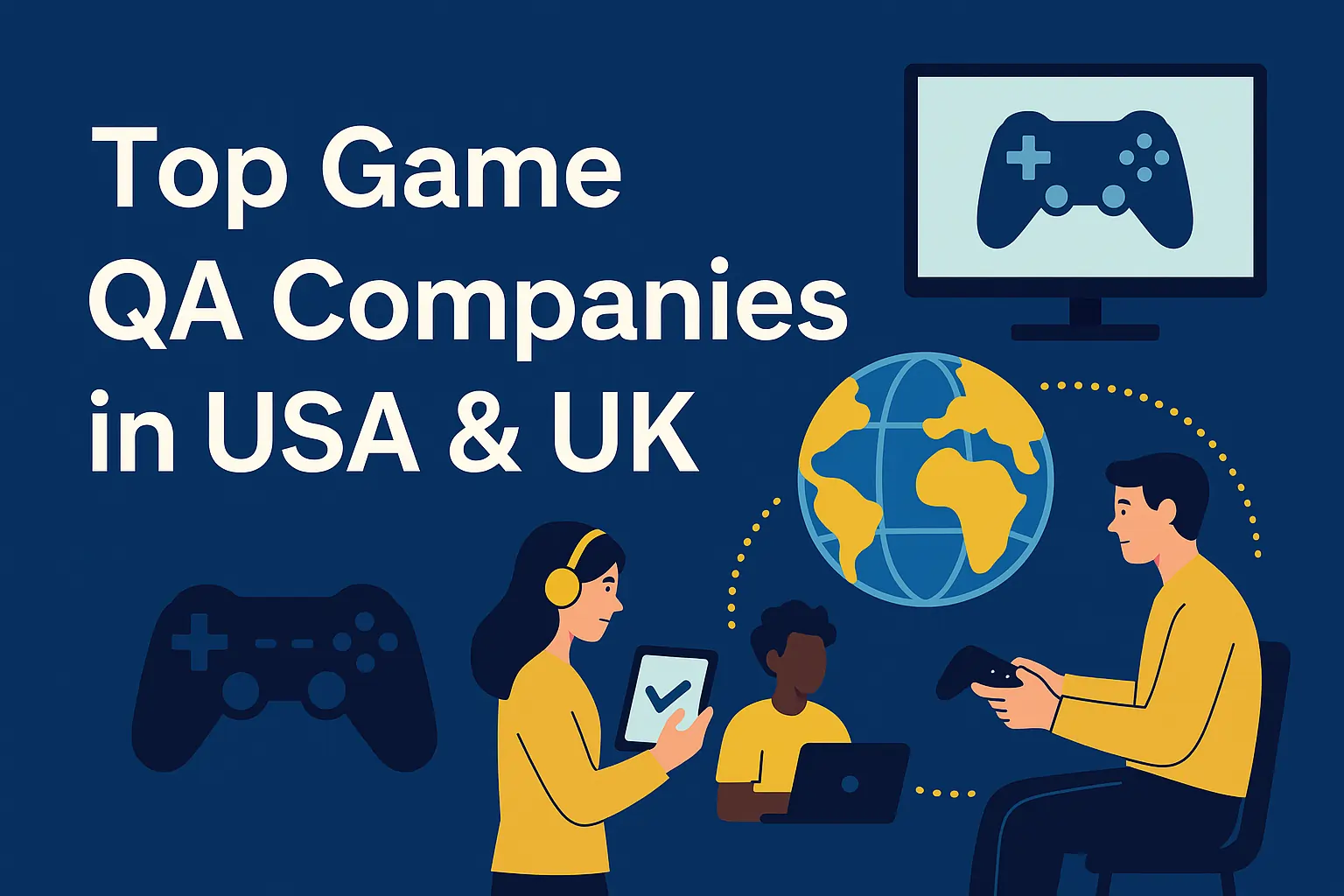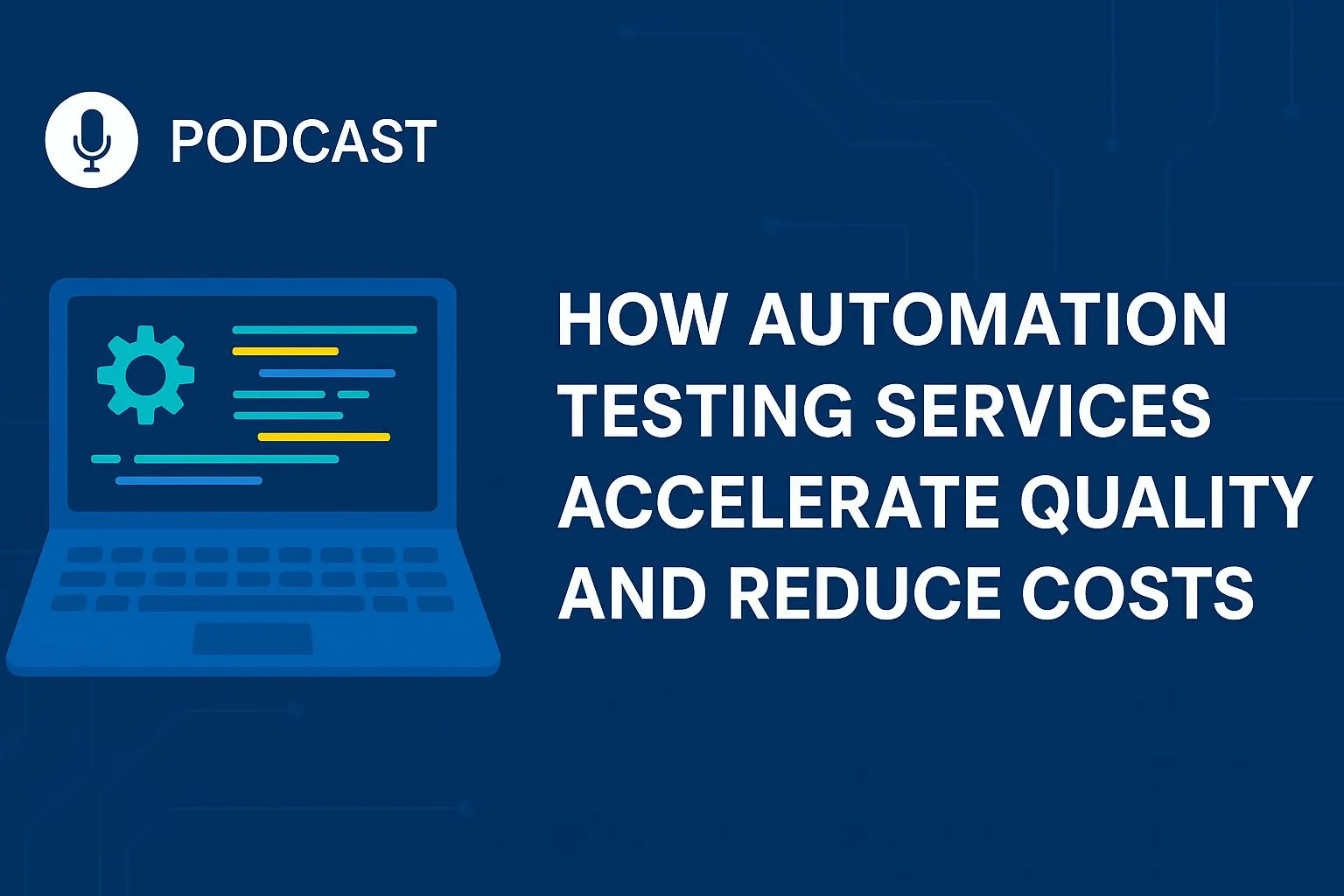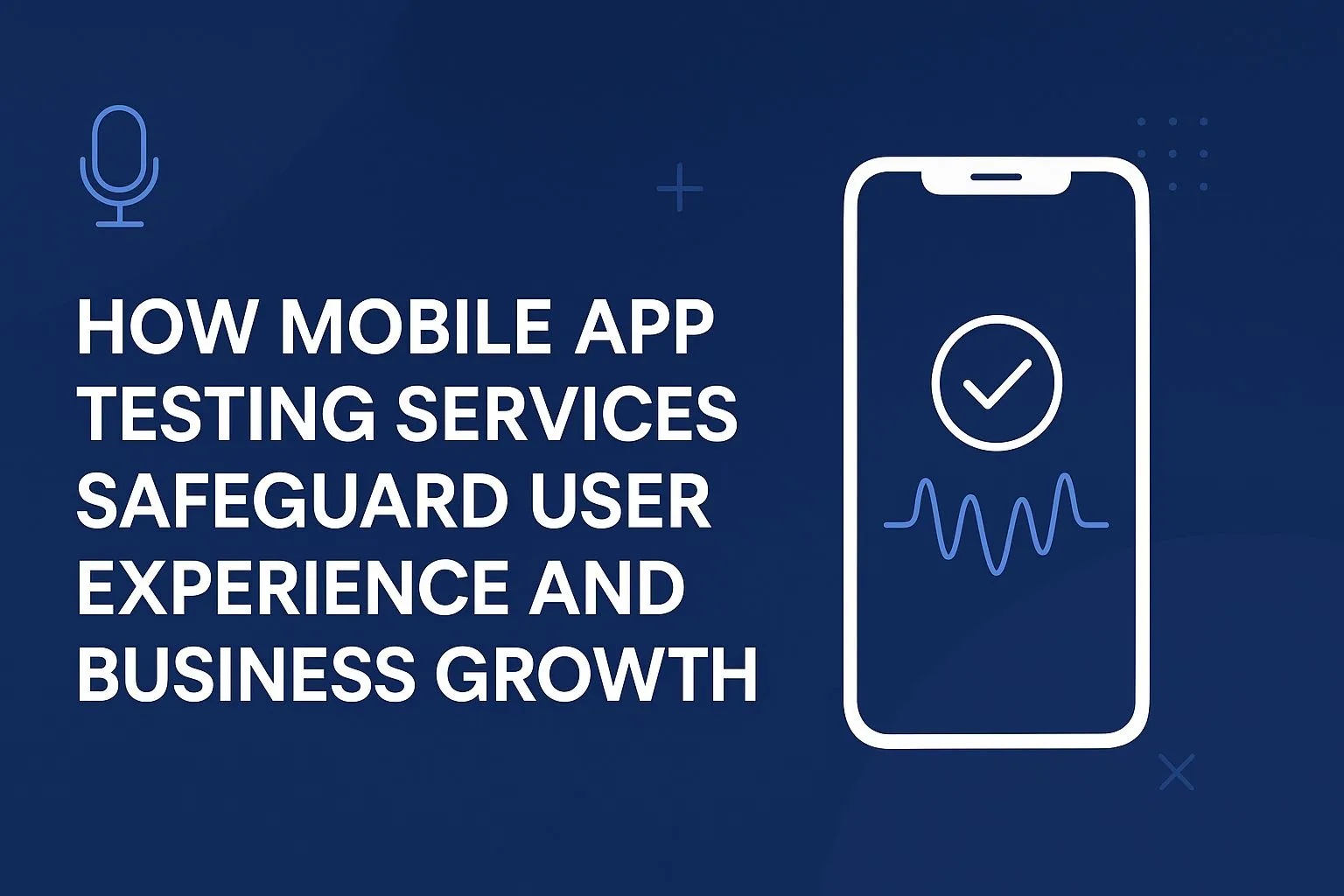Mobile Game QA vs PC Game QA: What’s the Difference?
Introduction: There is no one-size-fits-all way to do game QA
Not all games are made the same way, and neither are their tests. Although the goals of mobile game QA and PC game QA are similar, such as making sure the game is stable, runs well, and has no bugs, the way testing is done is very different on each platform.
“Do we need different QA processes for mobile and PC games?” is a question that game studios often ask.
The answer is yes because platform-specific problems, user behaviour, performance expectations, and device compatibility all affect how quality assurance should be done.
In this blog post, we’ll talk about the main differences between quality assurance for mobile games and PC games. More importantly, we’ll explain why it’s so important to approach QA differently for each platform.
🧩 Understanding the Core Differences: Mobile vs PC Game QA
Before diving deeper, it’s important to understand what makes these two platforms fundamentally different. Although they share a few similarities, their hardware, usage patterns, and technical requirements are worlds apart.
Factor |
Mobile Game QA |
PC Game QA |
| Device Types | Thousands of real-world devices (Android/iOS) | Standardized hardware configurations |
| OS Versions | Frequent updates, platform-specific quirks | Limited variation (Windows/macOS) |
| Controls | Touch input, accelerometer, limited buttons | Keyboard, mouse, controller input |
| Storage & RAM | Limited resources | Greater system capacity |
| Monetization | In-app purchases, ads, subscriptions | Upfront purchase, DLC, mods |
| User Sessions | Short, casual play sessions | Long, immersive gameplay |
Because of these differences, each platform requires a unique QA strategy. Therefore, trying to apply a one-size-fits-all approach will likely miss key platform-specific bugs and UX issues.
Need tailored QA for your mobile or PC game?
📱 What Mobile Game QA Is All About
When you test mobile games, you need to cover a lot of ground, like different OS versions, screen sizes, hardware specs, and how users interact with the games. Most people who play PC games use the same platforms, but mobile gaming happens on hundreds of different devices.
The main things that mobile game QA looks at are:
- Testing to see if it works on devices like Samsung, iPhone, Xiaomi, and others
- Testing for Android versions 10 to 14 and iOS versions 15 to 17
- Support for gestures and touch responsiveness
- Apps take a long time to start up, load, and crash on devices with little memory.
- Testing different kinds of networks, like Wi-Fi, 4G, 5G, and airplane mode
- Checking the battery and background tasks
- Checking that ads work and that in-app purchases go through
- Checks to make sure the app follows the rules of the App Store and Google Play
Most mobile gamers want their sessions to be quick and smooth, so even small bugs or delays can make them uninstall right away. This means that mobile game QA pays a lot of attention to how well the game works and how fun it is to play.
👉 Want to reduce crash reports and boost retention?
🖥️ PC Game QA: Why Testing Needs to Go Deeper
PC games, on the other hand, have more complicated gameplay but don’t need to be tested on as many platforms. QA checks to see how well the game works, how well it handles a lot of players, how well it works with other system-level resources, and how well it works with other systems.
PC game QA involves:
- Testing installation and updates on different versions of the operating system
- Settings for graphics and resolution on different GPUs and monitors
- Testing performance (FPS, loading time, memory use)
- Checks for compatibility with keyboard, mouse, and controller
- Cloud sync and the ability to save and load
- Stress testing for multiplayer and servers
- Compatibility with mods and sandbox scenarios
- Logging errors and handling exceptions across the log
Players want high frame rates, controls that work perfectly, and long sessions of gameplay. So, testing PC games goes deeper into how the game works, how the AI acts, and how much system resources it uses.
👉 Releasing a PC game on Steam or Epic?
⚙️ Technical Testing Requirements: How They Diverge
For Mobile Games:
- Tested on real Android and iOS devices
- Tools: Appium, Firebase Test Lab, BrowserStack App Live
- Requires network throttling and device battery drain scenarios
- Device fragmentation is a major challenge
For PC Games:
- Tested on various GPU/CPU configurations
- Tools: Unity Test Framework, Steamworks SDK, Fraps, OBS
- Focused on memory usage, frame rates, and controller mapping
- Requires high-end machines and simulators for load/stress tests
While both test types require manual and automated testing, the setup and tools differ significantly.
🤝 The way users act also affects the QA method
If you know how people play mobile games and PC games differently, you can choose what to test first:
- QA needs to make sure that mobile users can load quickly, stay connected when they’re not online, and easily pick up where they left off in their games.
- PC gamers want long sessions, immersive gameplay, high accuracy, and fewer breaks. QA needs to make sure that the advanced settings, autosave, and responsiveness all work well when there is a lot of stress.
Because of these patterns of behaviour, test cases, edge cases, and bug priorities are different on each platform.
Want help designing your game QA test cases?
🎯 Different Ways to Reach the Same Goals
In the end, the main goal of both mobile and PC game testing is the same: to make sure the game runs well and gives players a great experience.
But because the environments are so different, using the same QA checklist on both will lead to missed bugs. Each platform needs its own:
- Plans for test coverage
- Access to device and browser labs
- Handling edge cases that are specific to a platform
- Testing for compliance with stores (like the Play Store and Steam)
You can make sure that your release goes well and that there are fewer problems after it comes out by customizing QA for each platform.
✅ A studio testing both the mobile and PC versions in the real world
One of our clients made a strategy RPG game that you can play on both Android and PC. During mobile testing, we found the following:
- The “Continue” button covered up the notch on newer iPhones.
- Some Android tablets didn’t show ads.
- The game froze when I changed from Wi-Fi to 4G.
Meanwhile, on PC:
- The Gamepad controls, on the other hand, didn’t work right on the PC.
- The cloud wasn’t syncing folders with save games.
- People who had two monitors had trouble with the resolution.
By doing platform-specific testing, we helped them fix more than 85 bugs that were only on one platform before the launch.
🧠 Final thoughts: Pick the best QA strategy for the best platform.
When you test a game, it’s not just to find bugs. It’s also to make sure that the right people have the right experience on the right device, whether it’s a casual mobile puzzle game or an open-world PC game.
You can improve coverage, lower risk, and make players happier by keeping your mobile game QA and PC game QA separate. And your retention and revenue numbers are good when your players are happy.
👇 Let’s Help You Test Smarter, Not Harder
At Testers HUB, we offer specialized QA solutions for:
- ✅ Mobile games (iOS, Android, cross-device)
- ✅ PC games (Windows, Steam, standalone builds)
- ✅ Multiplayer testing, performance QA, and release readiness


